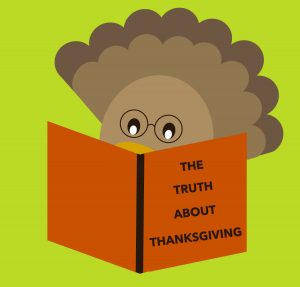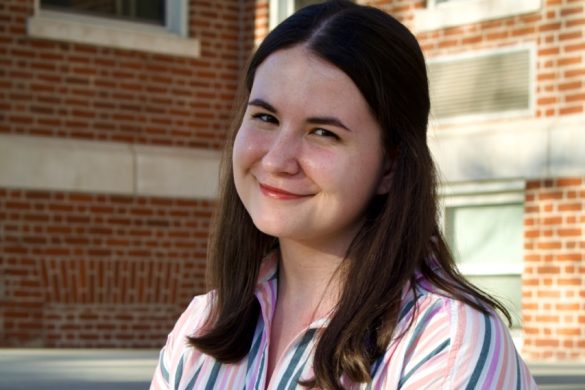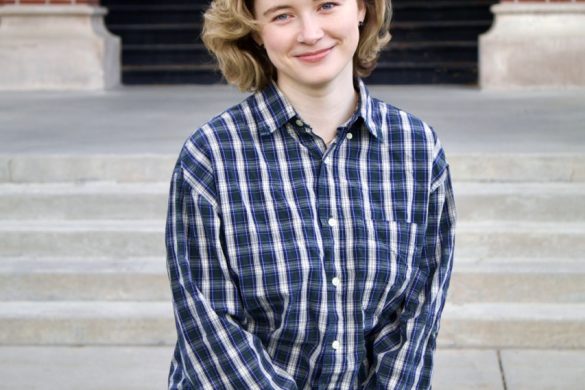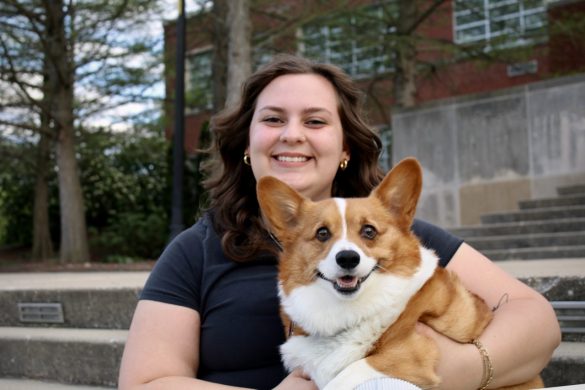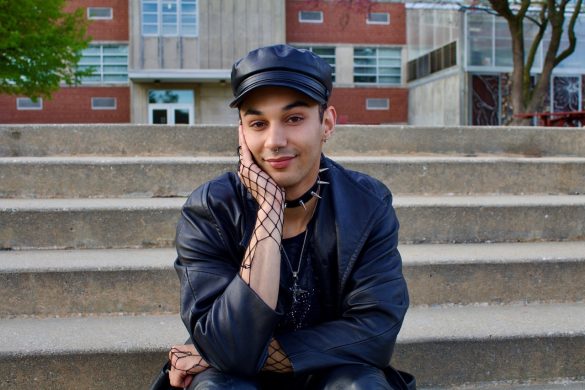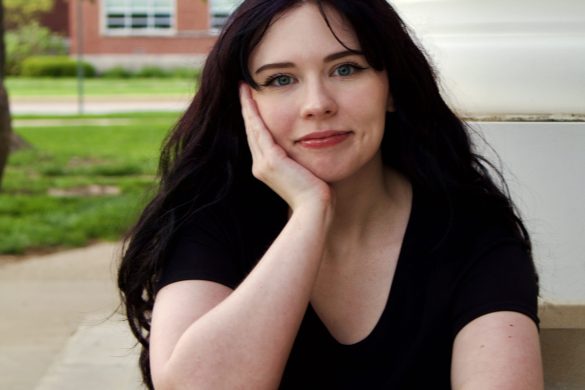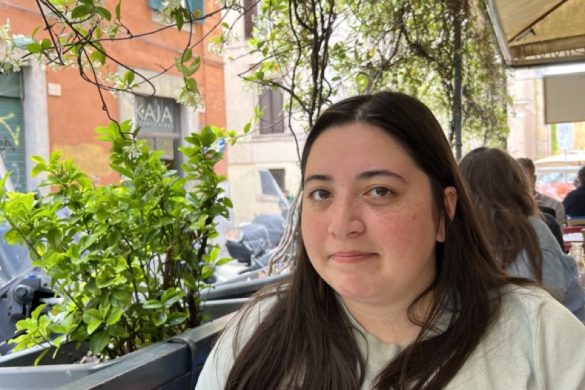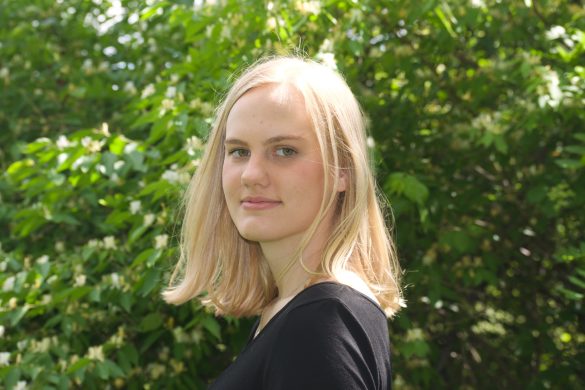I remember hearing the story of the first Thanksgiving when I was in second grade. I am sure we all had a similar experience with the holiday in one form or another. Some years we cut out pilgrim hats and feathered headbands from construction paper and paraded around the classroom or gymnasium. Others, we traced our hands and turned them into turkeys to give to our parents. I left second grade knowing the story of the pilgrims and Indians and how they were kind to each other and came together to celebrate a successful harvest after a devastating winter.
For the longest time, I thought that was the story, that there was no more to it. It made sense with what we celebrate during Thanksgiving—family, friendship and gratitude. Those are certainly worth celebrating, and should be. But I have come to learn that there is so much more to Thanksgiving than a harvest meal between two different cultures. By not correcting the inaccuracies about Thanksgiving or telling the full story, we are ignoring a crucial part of our history.
Here is what the elementary school version of the story got correct, according to “Lies My Teacher Told Me: Everything Your American History Textbook Got Wrong,” by James Loewen: A group of English Puritans (or pilgrims as they were later called) did come to the New World on a ship called The Mayflower in the fall of 1620. Forced to spend winter on the ship, with little food, bad weather and the easy spread of contagious diseases, half of them died. When they were able to settle on land, they were greeted by the Wampanoag tribe. Squanto was a real person (although a much more complex individual than depicted in the story), and he, and other Wampanoag, did teach the Puritans how to cultivate corn and other crops and acclimate to the new land.
These actions are a part of our history, one that we too often ignore.
Gradually, the settlement of Plymouth was established. When a successful harvest returned in the fall of 1621—a welcome victory after a devastating winter the year before—the Puritans and Wampanoag did gather together to share a meal. What was actually served and what actually took place is still uncertain, and there are other misconceptions surrounding the Puritans and their motivations for coming to the New World. A quick Google search will reveal a host of inaccuracies between our current traditions and the actual circumstances from which they derive.
Most of that story seems good, and it was. This early relationship between these two different groups of people remains one of the more positive examples in American history. However, the part of the story that gets glossed over is the dissolution of those positive relations just a generation later, which is yet another example of the violent encounters between Native Americans and European settlers that became increasingly prevalent over the next several decades.
According to “King Philip’s War: The History and Legacy of America’s Forgotten Conflict,” by Eric B. Schultz and Michael J. Touglas, the peace between the Europeans and Native Americans at Plymouth was established under Massasoit, the paramount chief of the Wampanoag, who along with his son Metacom, was at the First Thanksgiving. Massasoit was the one who set up trade and allied with the settlers against other tribes and the French. However, the peace between the two groups slowly eroded in the ensuing 50 years.
This change in relations is something not touched upon in the traditional history of Thanksgiving. The story stops with the image of peace and harmony between two different groups of people.
According to Schultz and Touglas, the relations between these two groups became strained for several reasons, namely the encroachment of Europeans on the Wampanoag’s (and other tribes’) land and culture and the treatment of the Wampanoag and their leadership by the Plymouth settlers. Metacom (known to the whites as “King Philip”) assumed leadership after the deaths of his father and older brothers. After three of his men were executed for the murder of interpreter John Sassamon, King Philip’s War began in 1675. Violent and bloody, the conflict consisted of raids, burning settlements to the ground, destroying stores of food and supplies and ending lives.
The colonists allied with other tribes and Metacom found his efforts and forging alliances rebuked. The war came to an end with the death of Metacom, who was subsequently beheaded and dismembered. His head remained displayed on a pole at Plymouth for the next 25 years. His allies were executed or sold into slavery.
This did not happen at the first Thanksgiving but remains important to the history of the holiday and the country. Too often we have used (and in some cases continue to use) this exchange as the primary image of the relationship between European colonists and Native Americans.
These relationships were much more complicated—and often much more negative—than what is depicted in the holiday’s origin story. The children and grandchildren of the Puritans and Wampanoag, who ate together at that first Thanksgiving and traded and allied with each other, were involved in burning the communities and killing members 50 years later. There are other examples of this dynamic throughout history as well, where English colonists turned against their former Native American allies in a violent, cruel manner.
These actions are a part of our history, one that we too often ignore. They make us look bad because they are shameful and violent. We pick and choose what we teach our children, what we remember and keep as part of America’s past. I cannot blame anyone for that—who does not want to erase instances of severe wrongdoing? What I can say is that doing this with any portion of history does a disservice to future generations, to ourselves and to those have been wronged. We cannot learn from our past unless we are aware of it.
Celebrating Thanksgiving is not a problem. The holiday is rooted in positive sentiments that deserve celebration. However, issues arise when we stick to the historical inaccuracies of the initial event, focusing on the positive exchange and ignoring the host of other violent struggles that occurred around the same time, and in the decades after. While it may not be appropriate to share with second graders after they have finished their Thanksgiving parade, at some point, we need to do our children and ourselves a favor and tell the whole story.
